Jams, jellies, preserves, conserves, fruit butters, sauces and more! Canning is another great way to preserve fruit to enjoy throughout the year. . .
Intro to Canning Safety
Ensuring that the food you’re eating is free from things that will make you sick is extremely important. If you’re new to canning but have an abundance of harvest, now is as good a time as any to experiment! These tips are only an introduction to show you how simple the process actually is. Please read more in depth on websites listed below, attend a workshop, or can with more experienced friends to ensure you understand the whole process and will be able to enjoy your labors all winter long.
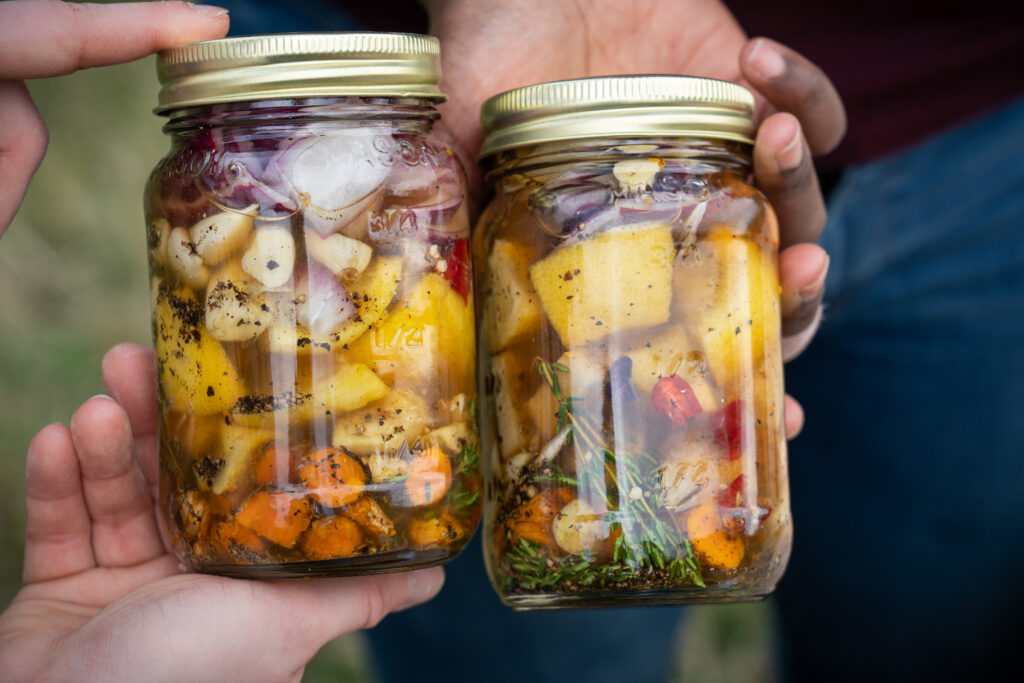
1. Tempered glass mason jars should be used that are specifically for canning purposes. Don’t reuse glass jars from things like store-bought tomato sauce or mayonnaise. Those are too thin & will shatter under prolonged heat or pressure.
2. New mason jars come with jar ring bands and sealing lids. You can reuse jars and ring bands as long as they are in good condition, but sealing lids must be purchased each time you can something new because their seal is compromised the first time they’re used.
3. Before filling, examine and clean all jars and ring bands, and fill them with hot water until they’re filled with food.
4. Adding an acidic ingredient, such as lemon juice, will help to preserve the color and health of your recipes.
5. If you’re working exclusively with fruits, tomatoes, or pickles, a canning kettle, or hot water bath, method will suffice to sterilize. Canning kettles can be purchased, or a deep stock pot. If using a stock pot, ensure that the bottom of the glass jars are raised from the bottom, either by using a cake rack in the bottom or even carefully lining up some extra jar ring bands on the bottom to rest the jars on. Fill the stock pot with water up to an inch above the top of the largest canning jar.
6. Canning vegetables, seafood, and meat requires a steam pressure canner, due to a general lack of acidity and shorter shelf life of these ingredients. Pressure canners are fairly expensive but can be shared by groups or perhaps borrowed from organizations that may have them. You may also get lucky if you frequent thrift stores like I do. Some of the great kitchen things people get rid of are crazy!
7. Some useful canning accessories include: colander or wire basket for blanching fruits, a food mill, a food chopper, a wire strainer, a wider-mouth canning funnel for easy jar-filling, a jar lifter for handling hot jars, an accurate thermometer to check temperatures, and an automatic timer.
8. When in doubt, throw it out! If you open up a jar after it’s been sitting a while & it seems a little weird–i.e. smells bad, has softened a lot, is discolored, or moldy–get rid of it. The biggest fear when canning is botulism. These organisms can live without air inside a sealed jar and will not be destroyed by boiling water. Botulism cannot survive in an acid environment, but with non-acidic ingredients, sustained steam pressure at 240 degrees F is necessary.
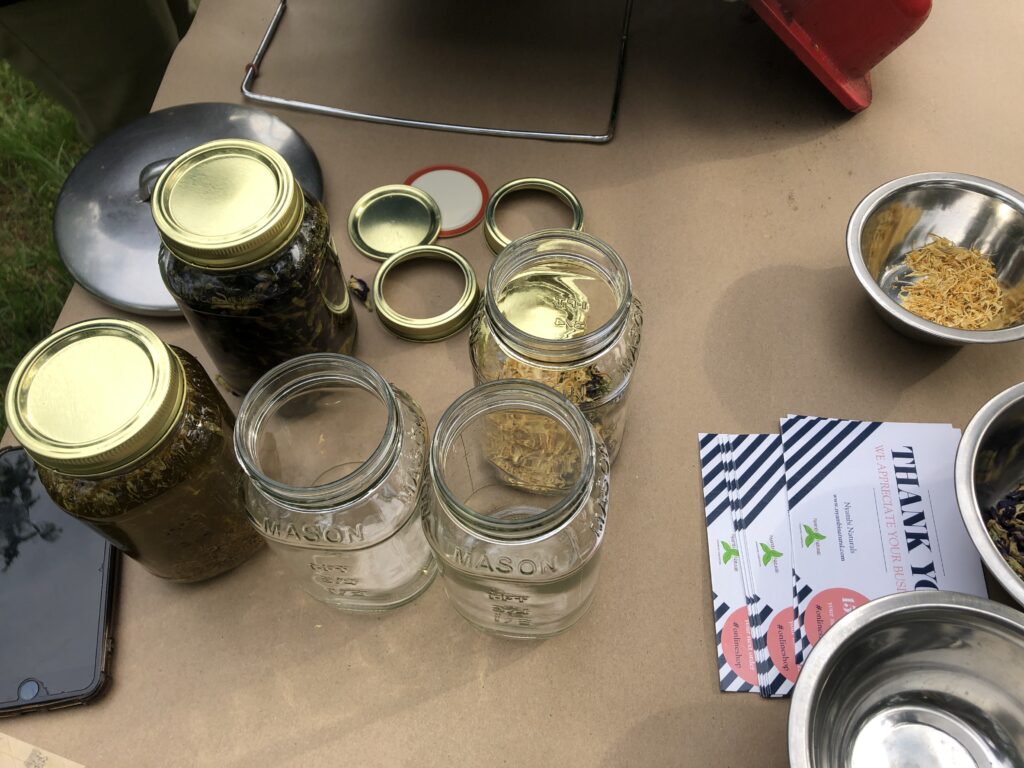
1 cup Apple Juice, Apple Cider, or water
Juice Of 1 Lemon
1/2 cup Brown Sugar, Packed
1 teaspoon Cinnamon, More Or Less To Taste
Optional Ingredients to taste: Nutmeg, Maple Syrup, Allspice, Butter
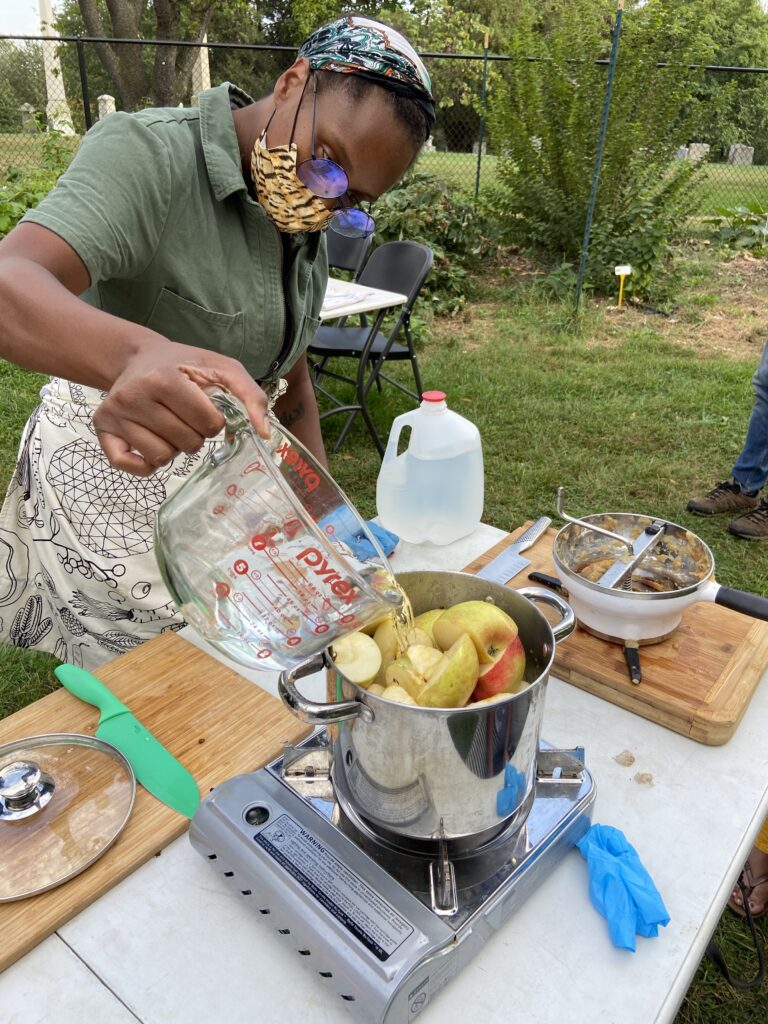
Combine all ingredients in a large pot and cook over medium heat, stirring occasionally, for 25 minutes. Mash with a whisk or potato masher, or carefully puree in a food processor or blender (don’t fill too full) until smooth. Add to pint mason jars and follow canning safety for apple sauce all year long.
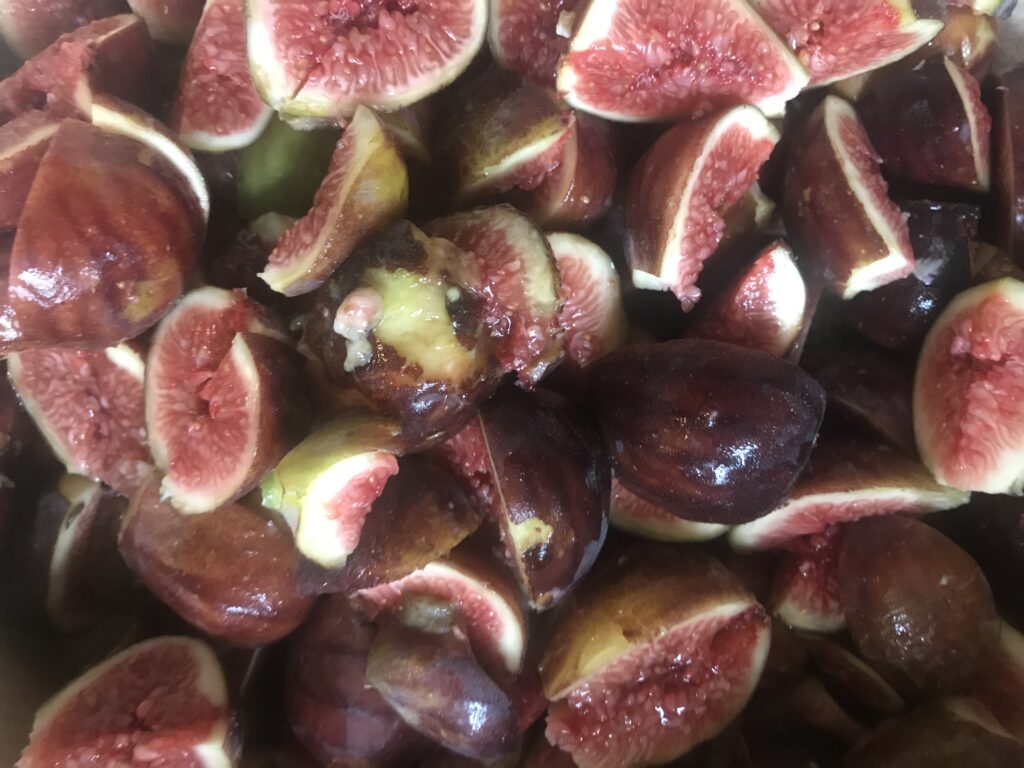
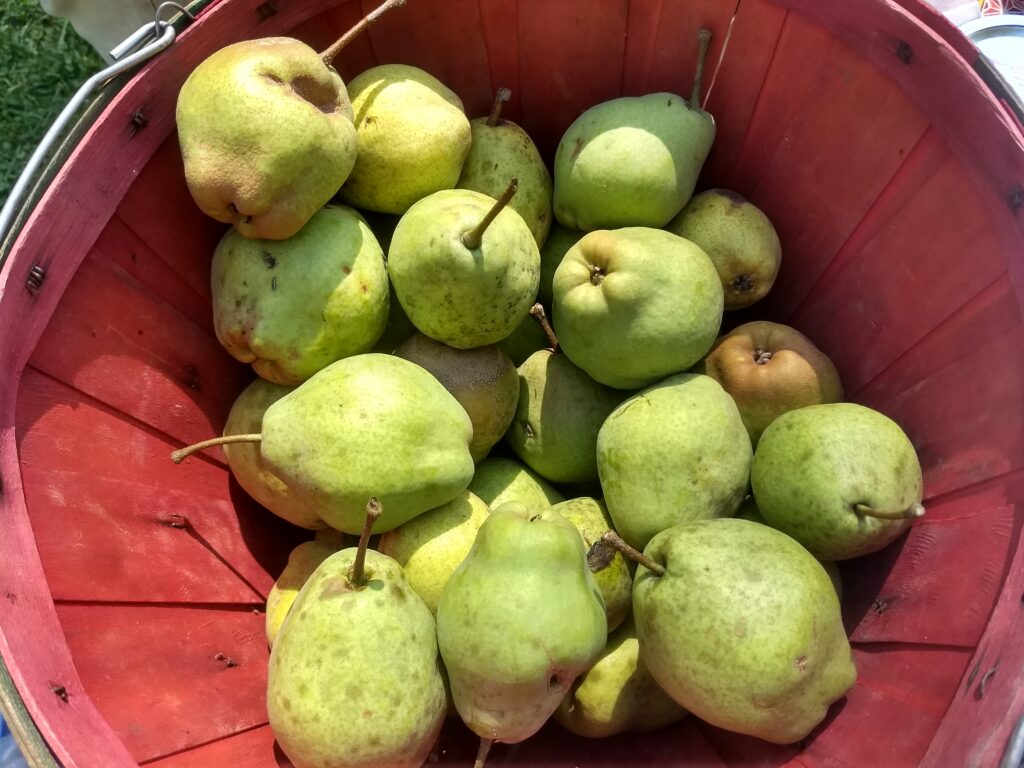
- Food in Jars Canning 101: http://foodinjars.com/canning-101-archive/
- Canning 101 YouTube Video: https://www.youtube.com/watch?v=e5q1T7bKoxQ
- USDA Complete Guide to Home Canning: http://nchfp.uga.edu/publications/publications_usda.html
SUPPORT US! If you found this entry useful, informative, or inspiring, please consider a donation of any size to help POP in planting and supporting community orchards in Philadelphia: phillyorchards.org/donate.